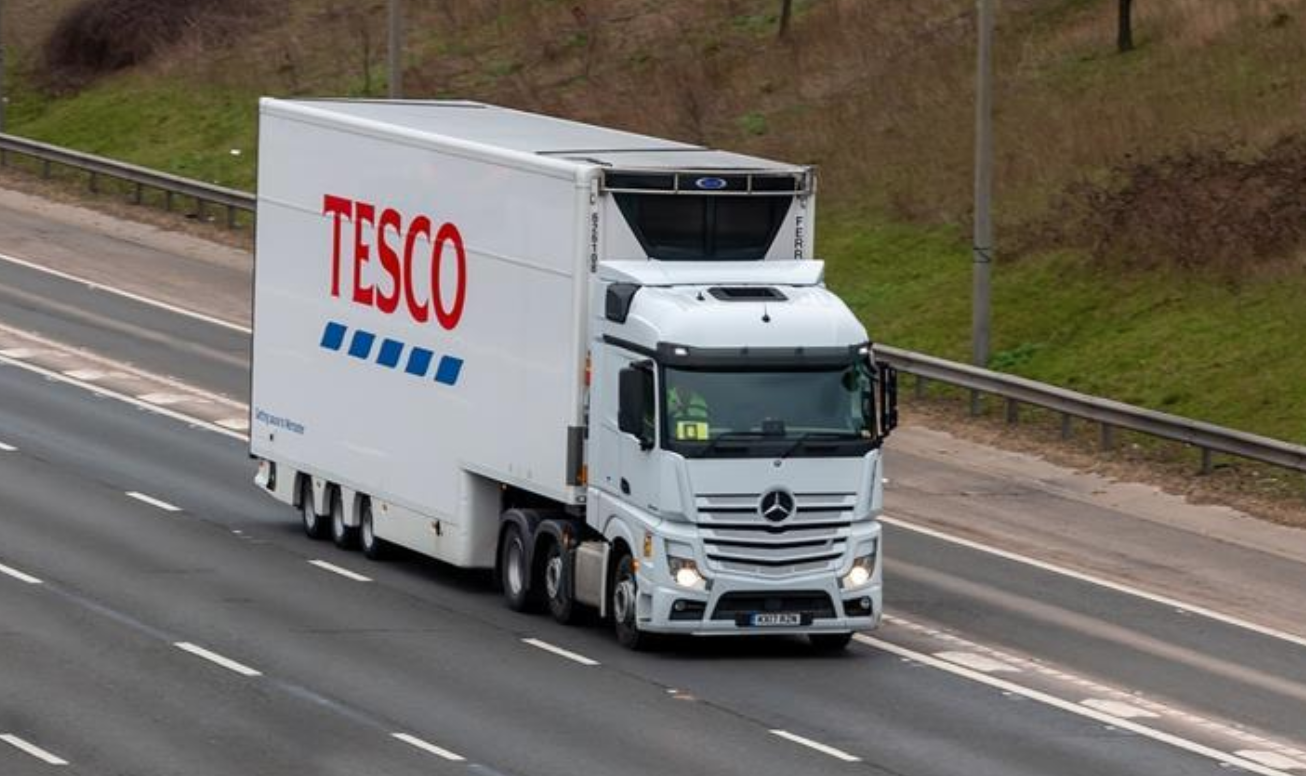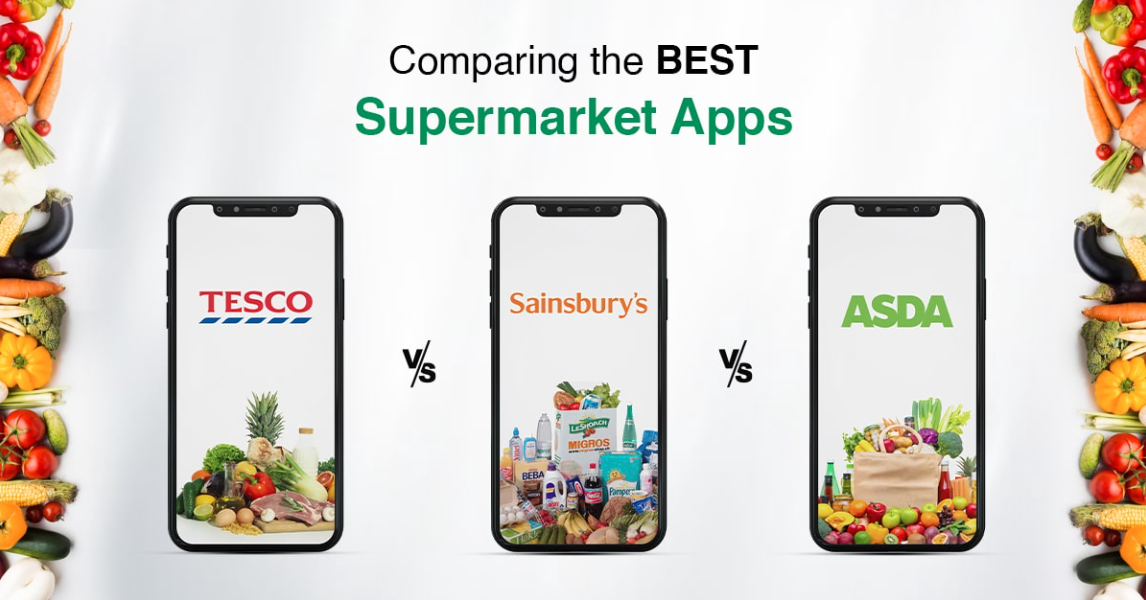06 / Dec
The grocery delivery subscription market in the UK is showing solid growth. Last year, revenues in this sector rose by 5%, reaching £3.8 billion. [1] This expansion is primarily driven by shifting consumer habits, as people adapt to new shopping and food preparation habits. Consumers want to assess and compare various grocery shopping options to find those that best meet their personal needs and their household. This helps them to stick to a budget more and also to maximise their shopping experience.
Grocery Delivery Subscriptions include both areas of ordering groceries and prepared meals online. The appeal tends to be discounted pricing or reduced / free delivery fees for subscribers – similar to the Amazon Prime model. Customers typically place these orders through an app or website, and delivery times can vary from next day to a few days depending on the vendor. [2]
Grocery delivery services surged during the pandemic, but were unable to meet demand, however additional capacty has now caught up with consumer interest. This trend is expected to continue, with revenue projected to grow at an annual rate of 2.9% over the next five years, reaching £4.4 billion. [3]
In the UK, there are several similar supermarkets to choose from for subscription services, and they all offer similar products. However, the primary distinction is in the minimum order amounts and delivery fees. Generally, these minimum order thresholds range from £25 to £40, although most supermarkets allow customers to place smaller orders for a small additional fee.
Notably, Waitrose stands out from its competitors by charging no delivery fees at all. On the other hand, Tesco and Asda provide the added convenience of same-day delivery for their subscription members, making them appealing choices for those in need of quick service. [4]

The primary driver behind the growth of grocery delivery services is the array of benefits that consumers enjoy from having their groceries brought directly to them.
- Convenience and Time Savings: Grocery delivery allows consumers to skip the hassle of traveling to and from the supermarket, which is particularly appealing for those living in busy cities or remote areas where the nearest store may be quite a distance away.
- Cost Efficiency and Budget Management: When shopping online, consumers can easily see their total costs before checking out, helping them stick to their budgets. This also minimises the temptation to make impulse purchases that often arise from in-store displays and promotions.
- Increased Flexibility and Customisation: With grocery delivery services, consumers can tailor their delivery schedules to fit their needs, ensuring that their groceries arrive at the most convenient time. Additionally, these services often include product filtering options, allowing for easy access to items based on dietary preferences or frequently purchased products. [5]
Although grocery delivery services offer numerous advantages and their popularity is on the rise, many consumers in the UK continue to prefer traditional shopping methods for their grocery needs. A recent survey by Statista highlighted some of the negative experiences that consumers have encountered with online grocery services, shedding light on the reasons why many are still opting for in-person shopping:
- Substituted Items: A significant 42.5% of respondents indicated that they often received too many substituted items when using grocery delivery services. When grocery stores are out of stock on products a customer has ordered, they frequently replace these items with similar alternatives without notifying the consumer in advance. This can lead to dissatisfaction, as many consumers are unhappy with the replacements they receive.
- Delivery Charges: About 28.6% of people reported that they refrain from using grocery delivery services mainly due to the delivery fees. Many customers feel that paying for delivery is unnecessary when they live or work near a supermarket, making it easier for them to shop in person.
- Timeliness of Deliveries: Lastly, 19.9% of individuals chose not to utilise these services because their deliveries often didn’t arrive on time. While occasional delays are understandable, persistent issues can discourage customers from relying on grocery delivery services in the future. [6]

A key factor influencing consumers’ decisions between in-store shopping and online delivery services is cost. Many people feel that opting for grocery delivery can be significantly pricier than traditional shopping methods due to membership feels, delivery charges, and service costs. However high income households with two working parents are able to justify the time-saving elements of the subscriptions and keep driving demand.
A recent study by CNET examined the prices of groceries bought both in-store and through online delivery from similar supermarkets. The findings revealed that grocery delivery tends to be about 10% more expensive than shopping in person. [7] While 10% difference can add up to a significant amount over time, this comparison doesn’t consider the travel costs to and from the store, the temptation of impulse buys while shopping in person, or the added convenience of having groceries delivered right to your doorstep. A driect comparison below of the same items purchased shows theres plenty of variation, but the competition is still very close.

There has been a noticeable increase in demand for grocery delivery services, a trend that’s likely to keep rising in the coming years. These services have proven especially valuable for consumers in the UK, as they offer convenience, provide access to exclusive discounts, and help consumers budget more efficiently. It’s essential to choose the right subscription that fits your household’s needs, as supermarkets are competing with various perks to attract more consumers.
Make sure to check out the rest of our Top Consumer Trends in the UK for 2025.
[1] Online Food Ordering & Delivery Platforms in the UK – Market Research Report (2014-2029), IBIS World, October 2024
https://www.ibisworld.com/united-kingdom/industry/online-food-ordering-delivery-platforms/14618/
[2] Online Food Delivery – United Kingdom, Statista, July 2024
https://www.statista.com/outlook/emo/online-food-delivery/united-kingdom
[3] Online Food Ordering & Delivery Platforms in the UK – Market Research Report (2014-2029), IBIS World, October 2024
https://www.ibisworld.com/united-kingdom/industry/online-food-ordering-delivery-platforms/14618/
[4] Your Online Grocery Shopping Guide, University of Glasgow, November 2024
https://uofgliving.gla.ac.uk/story/42152769/your-online-grocery-guide
[5] Advantages of Doing Your Groceries Online, Green Oranges, September 2024
https://greenoranges.co.uk/advantages-of-doing-your-groceries-online/
[6] Negative Experiences of Online Grocery Shopping in the United Kingdom in 2022, Statista, September 2024
https://www.statista.com/statistics/1320159/online-grocery-shopping-uk-negative-experience/
[7] Here’s How Much It Costs to Have Groceries Delivered Versus Buying in Person, CNET, May 2024
https://www.cnet.com/home/kitchen-and-household/heres-how-much-it-costs-to-have-groceries-delivered-versus-shopping-in-person/




Comments (0)